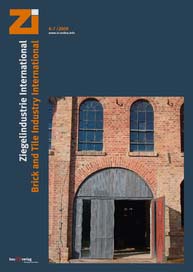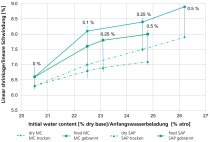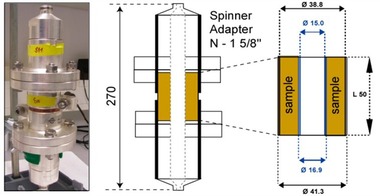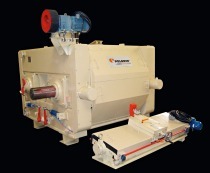Practical pointers for brick and tile producers
This contribution draws on practical, day-to-day brickyard experience. Certain problems encountered repeatedly by any number of producers can be recognized and rectified by watching how things are done and talking to the employees concerned.
Better information and workforce training – perhaps provided in part by external experts – help achieve consistently cost-efficient, energy-saving production of high-quality articles.
1 Introduction
In the production of backing bricks, as elsewhere, cost reduction is an increasingly significant topic of discussion. Optimized purchasing procedures and minimized energy consumption are the options that come to mind first. Then come advanced technical equipment options with which to lower the cost of operation – read: rational manufacture – and, finally, cutting costs by virtue of well-informed, well-motivated employees.
While “everyone” is aware of the importance of good procedures and of thinking before doing, there is usually still plenty of room for improvement. In over 40...





